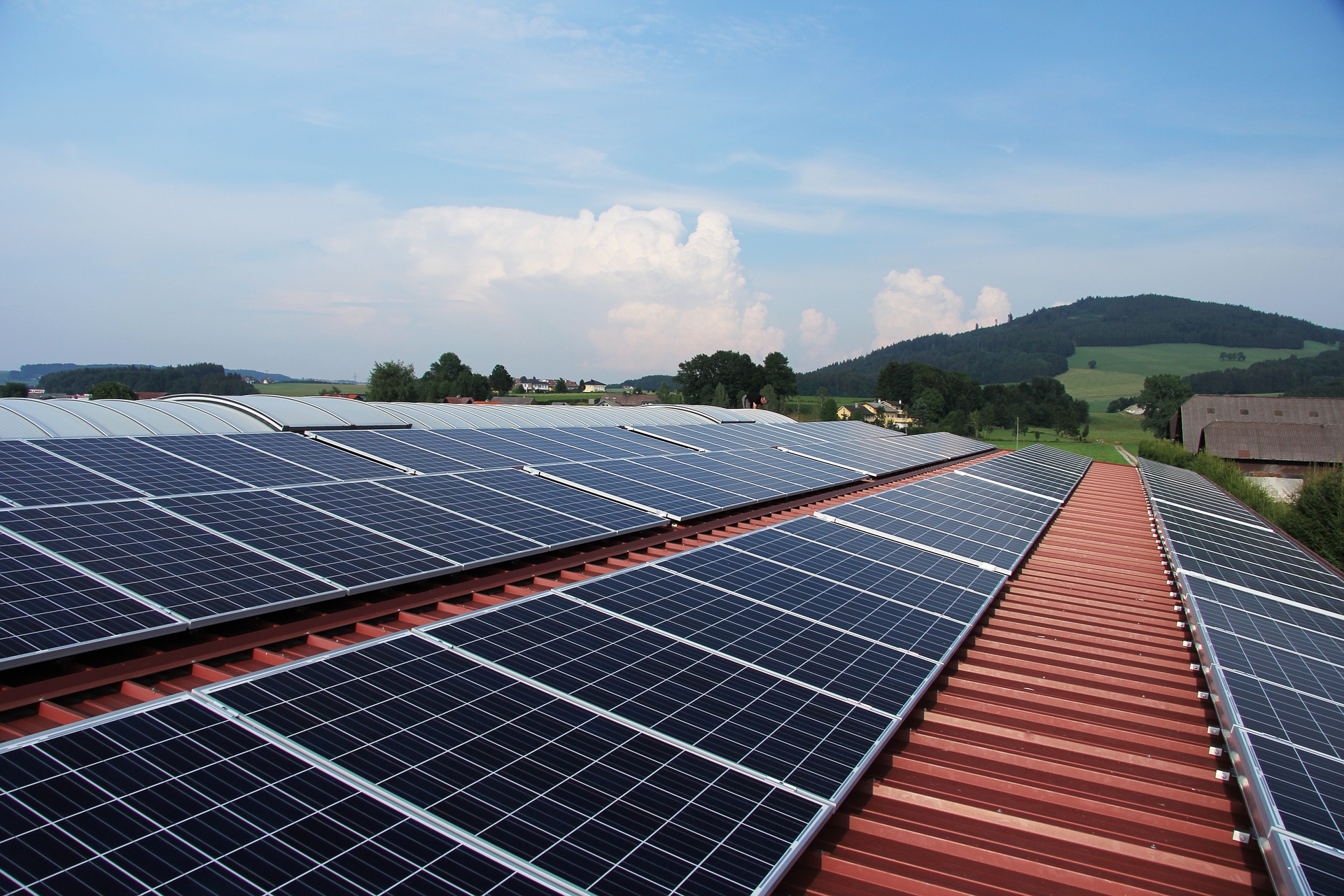
The secret to getting the most out of your solar panels is a little more complicated than just setting them outside and hoping the big ball of fire in the sky does its thing.
In fact, there’s a few important things to keep in mind and to calculate for solar panel placement that will deliver the greatest amount of energy output.
Also read: How long do solar panels last?
The keys to optimizing your solar panels orientation for maximum energy production boils down to two words: tilt and azimuth.
In this article, you’ll learn what these words mean. You’ll also discover what they have to do with your photovoltaic (PV) panels’ ability to produce electricity.
With this knowledge, you’ll be able to figure out the tilt and azimuth angles for the best placement of your own home solar system. There’s a little bit of math and physics involved, but we’ll try to make it as painless as possible.
Then, once you get the tilt angle and azimuth optimized as much as possible (assuming you’re facing true south), you will enjoy excellent solar panel performance and home energy savings.
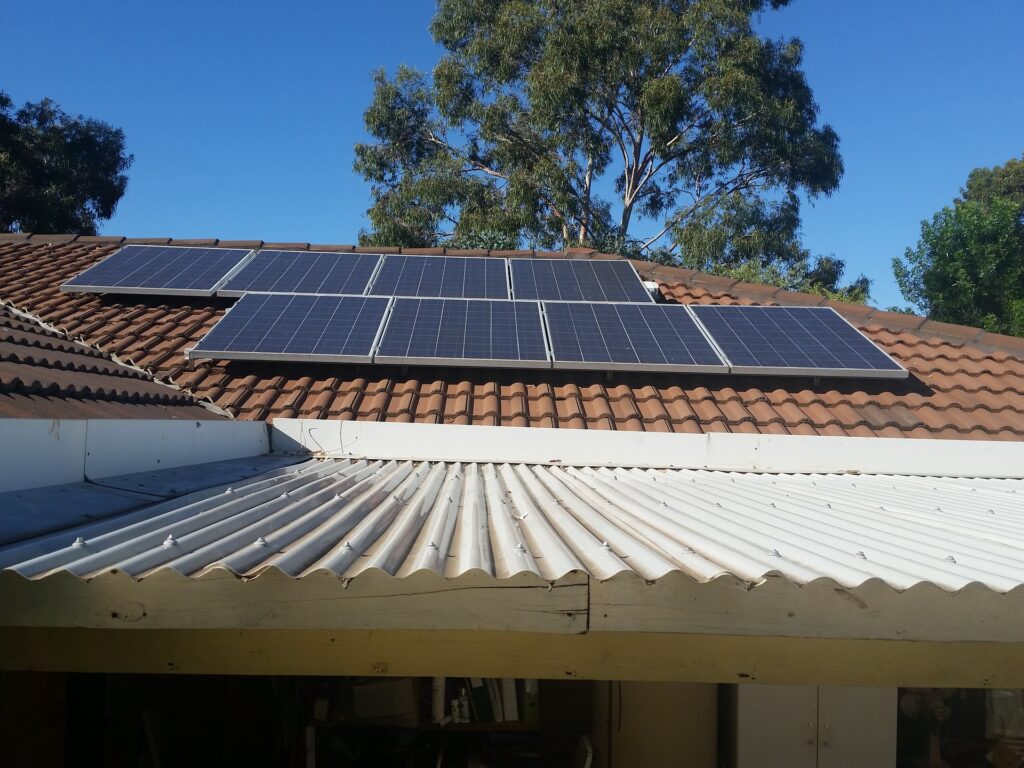
Table of Contents
What’s the best angle for my solar panels?
There is no magical angle for your solar panels that will maximize solar energy production all the time.
For optimum energy output, sunlight must hit the PV panels perpendicularly. Since the sun follows a daily trajectory across the sky and changes its position with respect to the horizon on a seasonal basis, the best angle of your solar panels needed to achieve the perpendicularity of the sun’s rays — or approximate it — will vary during the day and during the year.
Solar companies will usually install your solar array so that it’s parallel with your roof. This may not be a good angle for optimal energy production at any time during the day or the year.
Some roofs are better than others at approaching the ideal angle for the majority of peak energy production during the day and/or year. Where you live also makes a difference.
If your roof is too steep for maximum panel performance, a ground mount solar system where you can set the angle — and adjust it during the year — may be a better option.
If your roof is too flat, tilting the mounting racks may get you better performance at least some of the time. To do this without creating self-shading issues during some parts of the day if your modules are in rows, make sure there’s enough clearance between the rows.
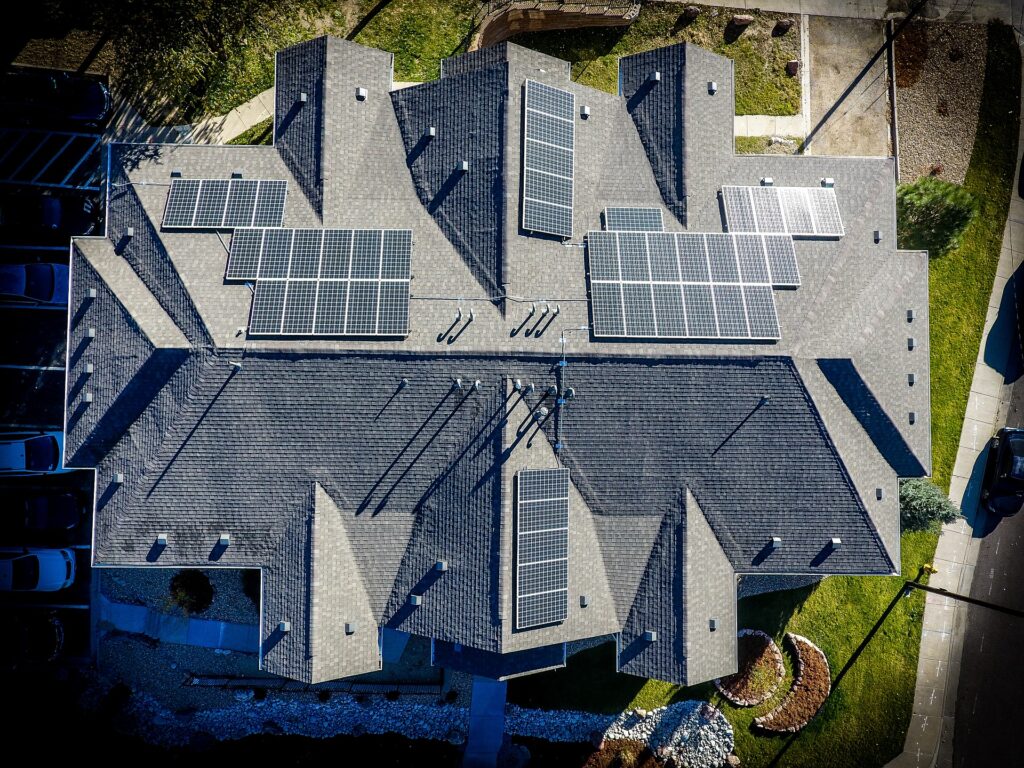
What is the best tilt angle for my solar panels?
Tilt angle is the angle of the solar panel between it and a horizontal surface. To optimize the tilt for maximum solar energy production at your home, you can use the free online program called System Advisor Model (SAM) funded by the National Renewable Energy Laboratory (NREL).
For SAM, you’ll need to know your latitude to find out the best tilt angle.
The general rule of thumb for getting the most solar energy out of your PV array is that tilt angle should be the same as your latitude. More recently, researchers have found that tilt angles 2.8° above latitude are preferable for maximizing energy output.
Is using the ideal tilt of my solar panels for maximum performance always the best thing to do?
Your personal goals for solar production may warrant deviating from the general rule of optimal tilt = latitude.
For example, at the northernmost latitudes in the global north, higher tilt angles (50°+) are more commonly used in order to maximize winter solar energy production when the sun is low on the horizon.
On the other hand, lower tilt angles (as low as 10° at southern latitudes) optimize summer energy production when the sun is high in the sky.
So, if you’re a homeowner in a cold climate with a fixed mount system on your roof, the best tilt angle for optimum solar performance would be on the higher end, to maximize energy output in the winter when your home heating costs are astronomical.
Conversely, if you reside in a warmer state and hope to counterbalance sky-high cooling costs in the summer, you may opt to keep your fixed tilt solar array at a lower angle than what the general rule prescribes.
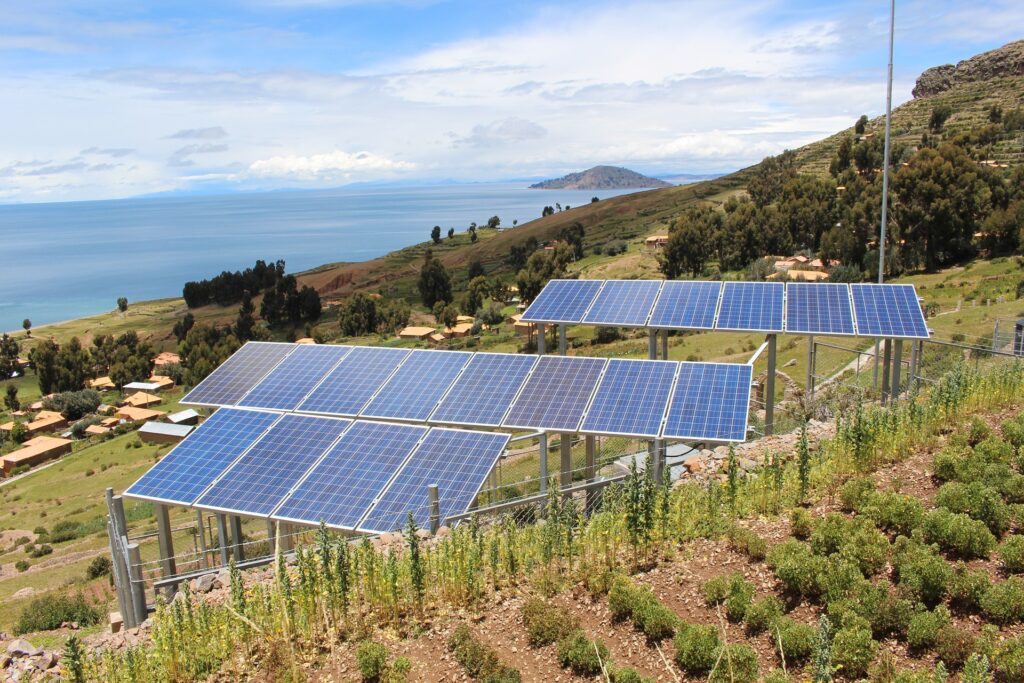
What’s the best roof pitch for maximum solar production if I’m planning on building a new home?
If you’re building a new house and wish to install solar, orient the largest part of your home’s roof due south. Pitch the roof as close to the ideal tilt angle as possible before you even break ground. Be sure to let your architect know your intentions about home solar.
If you wish to maximize solar energy production in either the summer or winter, adjust the tilt angle accordingly.
Also read: Tesla Solar Roof: Everything you need to know
How can I maximize solar energy production if my roof doesn’t have an ideal tilt angle?
If you cannot change your existing roof, you may wish to consider a custom-designed mounting rack for your fixed mount array and set it at the ideal tilt for your roof. This will probably cost more than the standard mount.
In most cases, your solar installer will just place your array exactly parallel to your roof, an inch or two above it for improved cooling. While this may provide you with good solar energy production, it may be worth your while to investigate further. You could potentially get 4% more energy production with minor changes to your tilt that are doable — just not obvious to a solar installer who doesn’t crunch the numbers long enough.
In this case, if you have the space, a ground mount system in which you can set the tilt and adjust it throughout the year (if you want to) may be better in the long run.
A solar tracking system that moves your solar panels during the day to optimize tilt angles continually could be beneficial with a fixed rooftop installation, but this is rarely done. Although it could increase your energy output by 40%, solar trackers are very expensive.
Alternatively, adding a few extra modules to your system to generate more electricity may compensate for not having a favorable tilt angle.
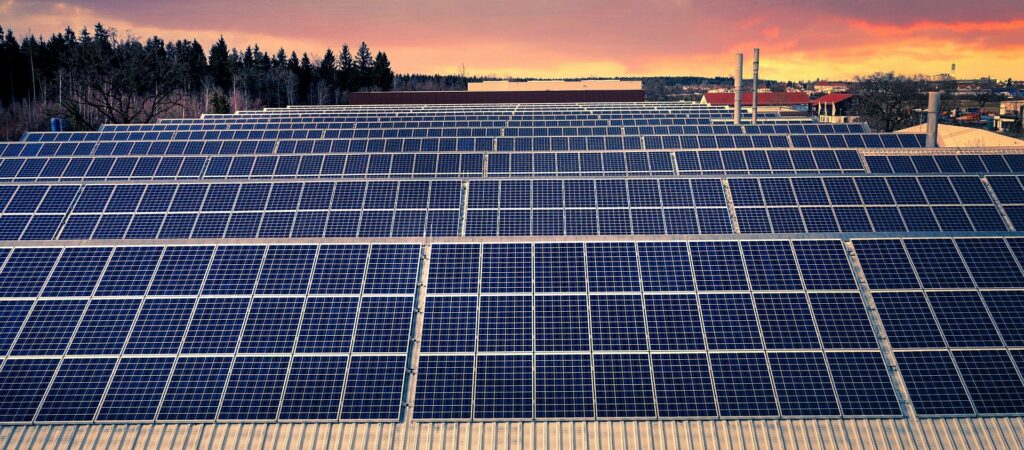
What is the best azimuth angle for my solar panels?
Azimuth angle describes the east-west orientation of solar panels in relation to a direction true south (for those in the northern hemisphere). To get the most solar energy production, orient your solar array due south toward the equator where the azimuth is 0°.
Unfortunately, in almost all places, this is easier said than done due to magnetic declination. In fact, true south may be up to +/-25° different from what a compass actually points to as south.
For this reason, it’s necessary to rotate your panel placement according to the magnetic declination. This means moving them either eastward (positive declination) or westward (negative declination). The rotation is done relative to your magnetic south (as shown on a compass) in order to set them up facing a true south direction. Only then will you have achieved the perfect azimuth angle for your location.
To get the highest level of solar performance possible, your solar designer may be able to situate your solar array on your roof or property in a true south direction even if your house is not facing true south. They must rotate the entire system according to the azimuth calculation as much as possible.
If this is not feasible, your overall energy output will be less than optimal.
Also read: Solar panels cost: Everything you need to know
What is the best direction for my solar panels?
If you live in the northern hemisphere, the best direction for your solar panels is precisely facing true south. This point corresponds to where the sun is at its highest point during the day.
However, when determining the best orientation for your PV panels it’s not sufficient just to stand outside at midday, point a compass toward the sun and set up your panels accordingly.
The reason why you can’t is that the magnetic south indicated on the compass is not true south. What you see on the compass is in alignment with the Earth’s magnetic field, not the geographical poles. This is called magnetic declination.
There may be up to a +/-25° difference between the magnetic south and the true south. To find yours, use:
- An interactive website devoted to magnetic declination
- The National Oceanic and Atmospheric Administration’s (NOAA) online calculator
- Google Earth.
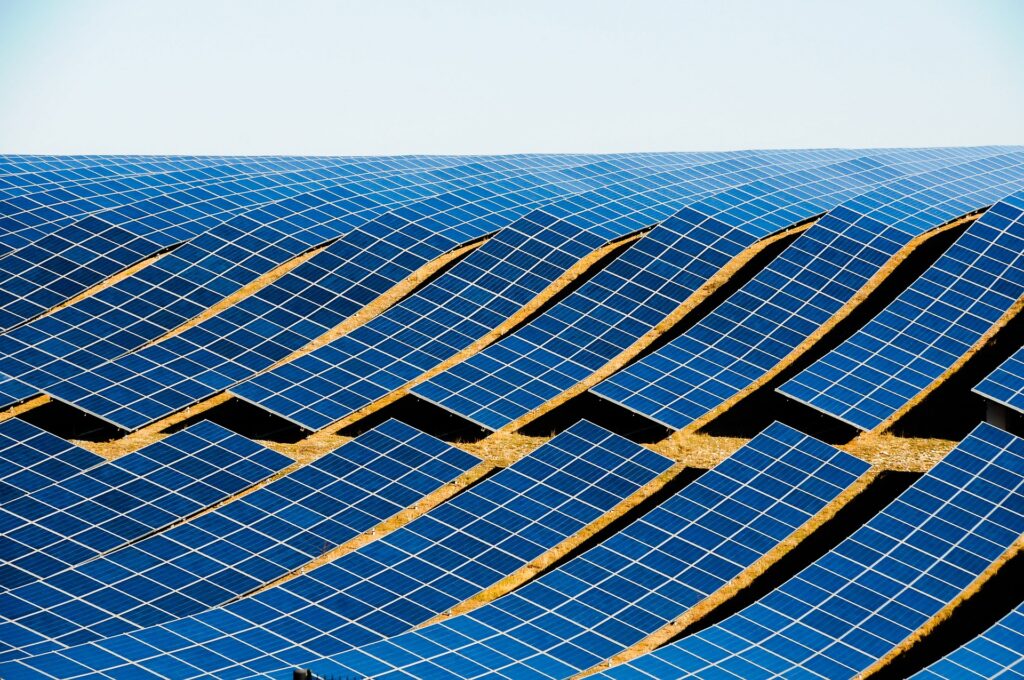
Can solar panels produce energy if my roof doesn’t face true south?
It’s possible to adjust your solar panel’s orientation on your roof or in your backyard — space permitting — so they face true south. The calculation needed to figure out precisely how much of a rotation you need in order to be facing true south involves knowing the azimuth angle as described above.
Solar panels facing east or west will capture sunlight and could be a viable option for you if you have significant roof space or land facing in those directions, especially if you counteract the approximate 15% loss in energy output by installing a larger system to begin with.
Generally, roofs facing north aren’t cost effective for solar panels. Space permitting, a south-facing ground mounted system would serve you better.
Wrap-up on best solar angles
Installing solar panels on your roof or in your backyard is a great way to meet your home energy needs in a carbon-free manner. It’s a win-win for both you and the planet.
Cost savings through lower electric bills is an added bonus of home solar.
However, to get the most out of your home solar array, there’s more to it than just putting the panels outside in a sunny spot.
It is crucial for maximum energy output that you determine the best tilt and azimuth angles for your PV modules. In this article, you find out how to determine your solar panel’s optimum tilt and azimuth angles.
Also read: 7 tips on how to clean solar panels the right way
After finding the best angles for maximum performance from your solar panels, the sun and your PV cells will do the rest.